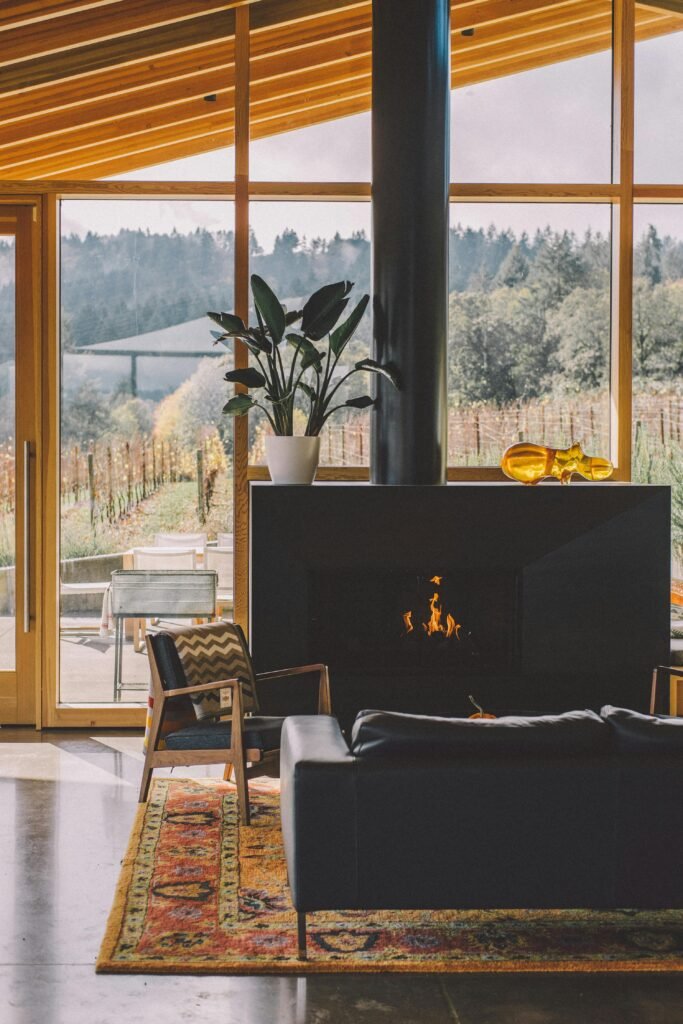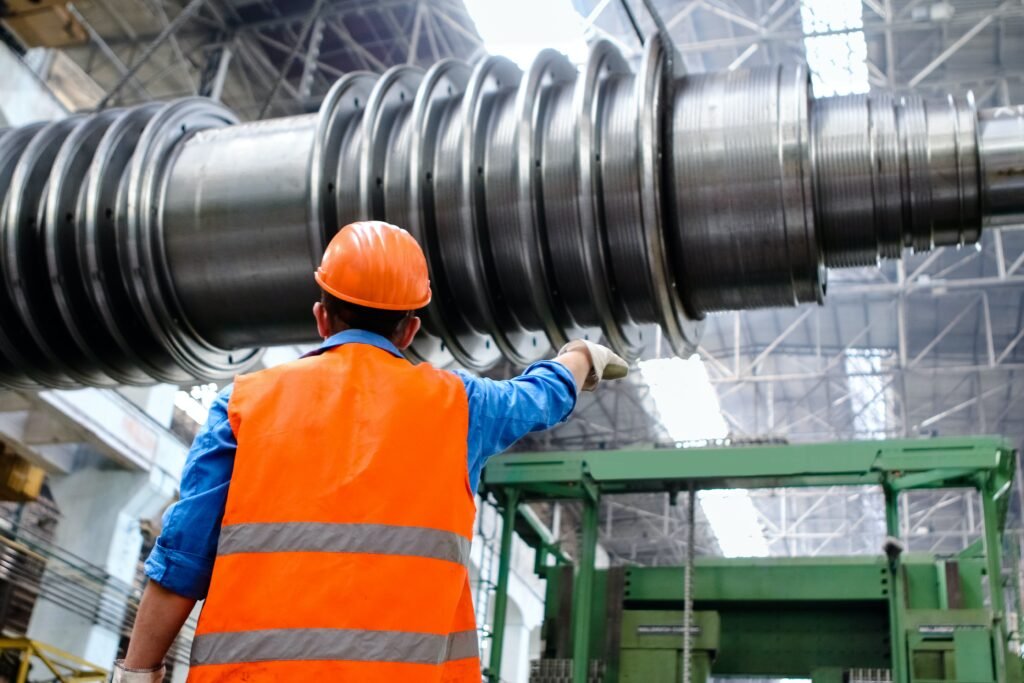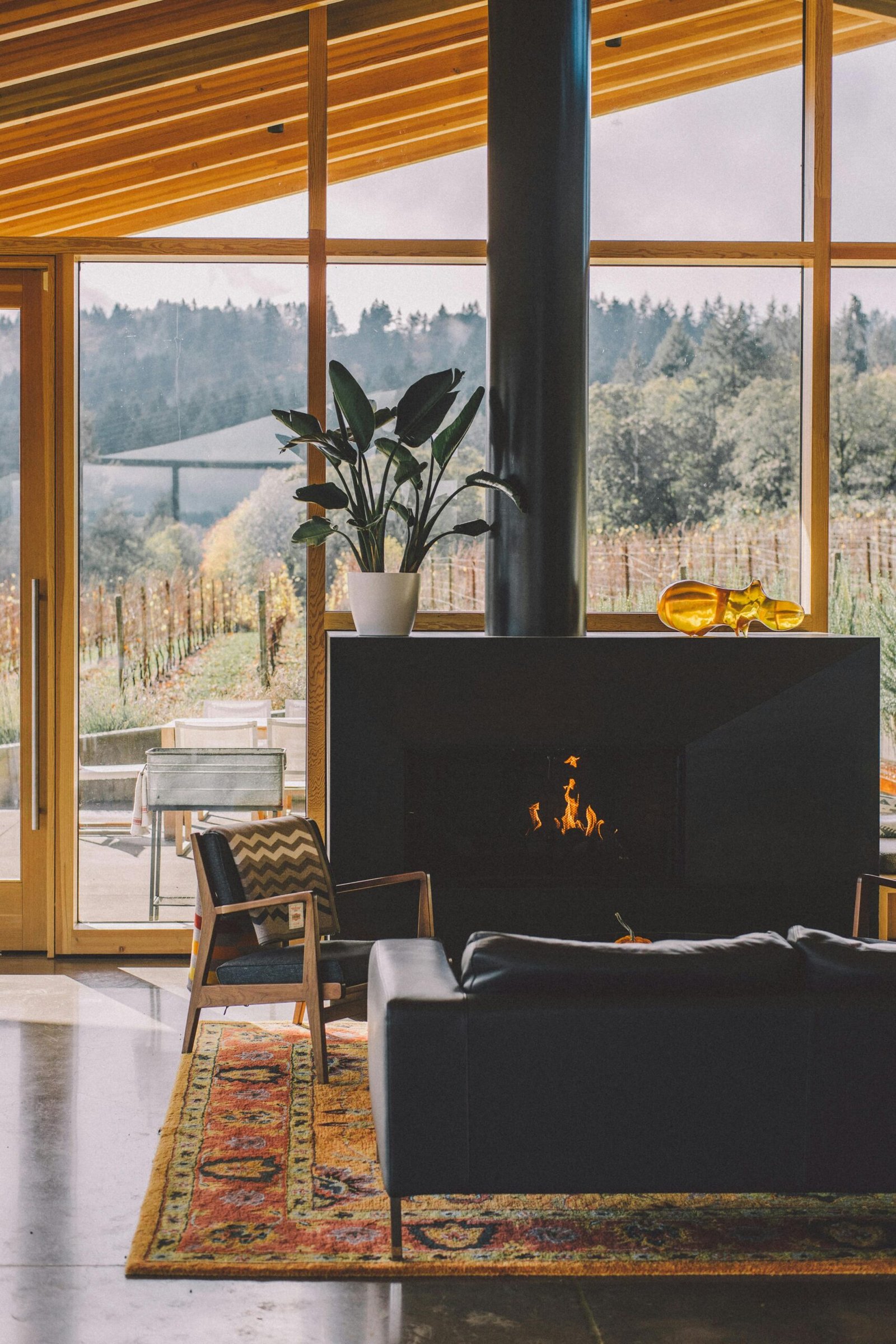Are you ready to become a chimney champion? Look no further! In this comprehensive guide, we will equip you with all the essential techniques to master fireplace maintenance. Whether you’re a seasoned fireplace enthusiast or a novice homeowner with a cozy hearth, we’ve got you covered. From cleaning and inspecting your chimney to troubleshooting common issues, our guide will empower you to keep your fireplace in top-notch condition. Get ready to elevate your fireplace game and ensure a warm and inviting atmosphere all year round. Let’s get started on your path to becoming a fireplace maintenance expert!
1. Understanding the Basic Components of a Fireplace
1.1 Anatomy of a Fireplace
To properly maintain your fireplace, it’s essential to understand its basic anatomy. A fireplace typically consists of several components, including the firebox, which is the area where the fire is contained. The firebox is lined with firebricks and mortar joints to withstand high temperatures.
Above the firebox is the chimney, which serves as a ventilation system to remove smoke and gases from the fire. The chimney is constructed with a chimney cap and spark arrestor to prevent debris, animals, and sparks from entering the chimney.
1.2 Types of Fireplaces
Fireplaces come in various types, each with its own unique characteristics. The most common types include wood-burning fireplaces, gas fireplaces, electric fireplaces, and ethanol fireplaces.
Wood-burning fireplaces provide a traditional and cozy ambiance. Gas fireplaces offer convenience and controllability, as they are easy to ignite and extinguish. Electric fireplaces are ideal for those who want the appearance of a fire without the hassle of maintenance. Ethanol fireplaces are environmentally friendly and produce a real flame without the need for a chimney.
1.3 Key Components of a Fireplace
Regardless of the type of fireplace you have, there are several key components that require regular maintenance. These include the firebox, chimney, chimney cap, spark arrestor, chimney liner, firebricks, and mortar joints. Understanding these components will help you identify areas that may need attention during your maintenance routine.
2. Importance of Regular Fireplace Maintenance
2.1 Ensuring Safety
One of the primary reasons for regular fireplace maintenance is to ensure the safety of your home and family. Over time, creosote, a highly flammable substance, can accumulate in the chimney. If not properly cleaned, it can ignite and cause a chimney fire. Regular maintenance helps prevent dangerous situations and reduces the risk of house fires.
2.2 Extending the Lifespan of Your Fireplace
Regular maintenance can greatly extend the lifespan of your fireplace. By keeping all components clean and in good condition, you can avoid costly repairs or replacements down the line. Proper maintenance also helps prevent damage caused by excessive heat, moisture, and debris build-up.
2.3 Improving Efficiency and Performance
A well-maintained fireplace is more efficient and performs better than a neglected one. When your fireplace is clean and properly maintained, it can generate more heat, resulting in increased energy efficiency. Additionally, proper maintenance ensures proper airflow, preventing smoke from backing up into your home and ensuring that the fire burns efficiently.

This image is property of images.pexels.com.
3. Preparing for Fireplace Maintenance
3.1 Gathering the Necessary Tools
Before you begin your fireplace maintenance, gather the necessary tools to make the process easier and more efficient. Some essential tools include a fireplace brush, a chimney brush, a creosote cleaner, a vacuum cleaner, a ladder, gloves, safety goggles, and a flashlight. Having these tools on hand will help you navigate the maintenance tasks with ease.
3.2 Ensuring a Safe Work Environment
Safety should always be a top priority when performing fireplace maintenance. Make sure you have proper ventilation in the area where you will be working to prevent the accumulation of harmful fumes. Clear the area around the fireplace of any flammable materials, and keep a fire extinguisher nearby. Additionally, wear protective gear, such as gloves and safety goggles, to protect yourself from any debris or chemicals.
3.3 Planning the Maintenance Schedule
Creating a regular maintenance schedule for your fireplace is crucial to keep it in optimal condition. Depending on the type of fireplace and frequency of use, you may need to clean and inspect it annually or more frequently. Mark your calendar with maintenance dates to ensure you never miss an important cleaning or inspection.
4. Cleaning the Fireplace and Chimney
4.1 Removing Ash and Debris from the Firebox
To start the cleaning process, remove any ash and debris from the firebox. Use a small handheld broom, brush, or fireplace shovel to scoop out the ash. Place the ashes in a metal container and dispose of them safely. Be sure to wear gloves and a dust mask during this step to protect yourself from dust and irritants.
4.2 Sweeping the Chimney
Sweeping the chimney is a crucial step in maintaining a safe and efficient fireplace. Use a chimney brush specifically designed for your type of chimney and carefully work it up and down the chimney flue. The brush will help remove any built-up soot, debris, and creosote. Sweep the chimney thoroughly from top to bottom, and repeat the process as necessary.
4.3 Removing Creosote Buildup
Creosote buildup is a common issue in wood-burning fireplaces. If left unaddressed, it can lead to chimney fires. To remove creosote buildup, use a creosote cleaner or chimney cleaning logs. Follow the instructions provided by the manufacturer and ensure proper ventilation in the area. Regularly inspect your chimney to catch any creosote buildup early before it becomes a serious problem.

This image is property of images.pexels.com.
5. Inspecting and Repairing Damaged Components
5.1 Examining the Chimney Cap and Spark Arrestor
During your maintenance routine, inspect the chimney cap and spark arrestor for any signs of damage. The chimney cap helps keep debris and animals out of your chimney, while the spark arrestor prevents sparks from escaping and potentially igniting nearby structures. If you notice any damage, such as rust or cracks, repair or replace these components as necessary to maintain the safety and functionality of your fireplace.
5.2 Checking the Chimney Liner
The chimney liner is a crucial component that protects the chimney walls from the corrosive byproducts of combustion. Inspect the liner for any cracks, deterioration, or signs of damage. If you notice any issues, consult a professional chimney sweep to assess the situation and provide appropriate repairs or replacement.
5.3 Inspecting the Firebricks and Mortar Joints
Regularly inspect the firebricks and mortar joints in your fireplace. Look for any cracks, loose bricks, or mortar deterioration. Damaged bricks or deteriorating mortar can compromise the integrity of your fireplace, leading to potential safety hazards. If you identify any issues, consult a professional for evaluation and repairs.
6. Maintaining Fireplace Accessories
6.1 Cleaning and Polishing the Fireplace Screen
If your fireplace has a screen or glass doors, it’s important to clean and polish them regularly to keep them looking their best. Use a fireplace glass cleaner or a solution of water and vinegar to remove any soot or residue. Gently scrub the screen or glass doors with a non-abrasive cloth or brush, and then wipe them clean with a soft, dry cloth. Polish the surface with a glass cleaner or specialized fireplace screen polish for a sparkling finish.
6.2 Caring for Fireplace Tools and Log Holders
Fireplace tools, such as pokers, shovels, and brushes, are essential for maintaining and operating your fireplace. Regularly inspect these tools for any signs of damage, such as loose handles or rusty metal. Clean them with a mild soap and water solution, and polish any metal parts with a specialized metal cleaner. Additionally, keep your log holder clean and organized to ensure easy access to firewood and to prevent any potential tripping hazards.
6.3 Replacing or Refurbishing Gas Fireplace Logs
If you have a gas fireplace, maintaining the appearance of your gas logs is important for both aesthetics and performance. Over time, gas logs may wear out, become discolored, or develop cracks. If you notice any issues, consult the manufacturer’s instructions on whether the logs can be cleaned or need to be replaced. Properly maintaining your gas logs will ensure they continue to provide a realistic-looking fire and efficient heat output.

This image is property of images.pexels.com.
7. Troubleshooting Common Fireplace Issues
7.1 Difficulty Igniting the Fire
If you have difficulty igniting the fire in your fireplace, several potential issues may be to blame. Check if there is an obstruction in the chimney flue or if the damper is not fully open. Ensure that the firewood is dry and properly arranged in the firebox. If you’re using a gas fireplace, make sure the gas supply is turned on and there is no blockage in the gas line. If you continue to experience difficulty, consult a professional for further assistance.
7.2 Smoke Backing Up into the Room
When smoke backs up into the room instead of going up the chimney, it indicates a problem with the fireplace’s ventilation system. Check if the damper is fully open and if there are any blockages in the chimney flue. Inspect the chimney cap and spark arrestor for any debris or obstructions. If the issue persists, it may require a professional chimney sweep to identify and resolve the problem.
7.3 Unpleasant Odors and Soot
Unpleasant odors or excessive soot production can be indicative of a poorly functioning or dirty fireplace. Ensure that the chimney is regularly cleaned to remove creosote buildup, which can cause odors. Make sure the firewood is properly seasoned to minimize soot production. If the issue persists, consult a professional chimney sweep to assess and resolve any underlying issues.
8. Hiring Professionals for Annual Maintenance
8.1 Importance of Professional Fireplace Inspections
While regular maintenance can be performed by homeowners, it is essential to enlist the help of a professional for an annual fireplace inspection. Certified chimney sweeps have the knowledge and experience to thoroughly evaluate your fireplace and chimney for any hidden issues. Their expertise ensures that potential problems are identified and resolved before they escalate into serious and costly repairs.
8.2 Finding a Certified Chimney Sweep
When searching for a certified chimney sweep, it’s important to do your research and choose a reputable professional. Look for chimney sweep companies that are certified by organizations such as the Chimney Safety Institute of America (CSIA) or the National Fireplace Institute (NFI). Additionally, read customer reviews and ask for references to ensure you select a trustworthy technician.
8.3 Benefits of Regular Professional Maintenance
Regular professional maintenance offers several benefits. Certified chimney sweeps are trained to identify potential hazards, such as creosote buildup, chimney blockages, or damaged components. They can provide thorough cleaning, repairs, and maintenance, ensuring your fireplace operates safely and efficiently. Professional maintenance also extends the lifespan of your fireplace and keeps it in optimal condition for years to come.
9. Fireplace Safety and Best Practices
9.1 Proper Wood Burning Practices
When using a wood-burning fireplace, it’s essential to follow proper wood burning practices for safety and efficiency. Use well-seasoned firewood to minimize smoke production and increase heat output. Avoid burning green or damp wood, as it can cause excessive smoke and creosote buildup. Never burn materials such as garbage, plastic, or treated wood, as they can release harmful chemicals and create dangerous conditions.
9.2 Safe Handling of Fireplace Tools
When using fireplace tools, always exercise caution and follow safety guidelines. Use gloves to protect your hands when handling hot tools or firewood. Keep tools out of the reach of children and pets to prevent accidents. Never leave hot fireplace tools unattended and ensure they are properly stored when not in use. Additionally, be mindful of sparks and embers when using fireplace tools near the firebox.
9.3 Installing Smoke and Carbon Monoxide Detectors
To ensure maximum safety, it’s crucial to install smoke and carbon monoxide detectors near your fireplace. These detectors can provide early warnings of potential hazards, such as chimney fires or carbon monoxide leaks. Regularly test and maintain the detectors to ensure they are functioning properly. In the event of an alarm, evacuate your home immediately and contact emergency services.
10. Frequently Asked Questions about Fireplace Maintenance
10.1 How often should I clean my fireplace?
The frequency of fireplace cleaning depends on several factors, including the type of fireplace and frequency of use. Wood-burning fireplaces typically require annual cleanings, while gas fireplaces may only need cleaning every few years. Consult the manufacturer’s recommendations and consider hiring a professional chimney sweep for a thorough cleaning and inspection.
10.2 Can I clean my own chimney?
While some basic maintenance tasks can be performed by homeowners, cleaning a chimney is best left to professionals. Certified chimney sweeps have the proper tools, training, and expertise to safely and effectively clean and inspect chimneys. Their knowledge ensures that potential hazards are addressed and that the chimney is properly maintained.
10.3 How can I prevent creosote buildup?
To prevent creosote buildup, there are several measures you can take. First and foremost, burn only well-seasoned firewood. Properly seasoned wood burns cleaner and produces less creosote. Additionally, avoid restricted airflow by ensuring the damper is fully open during use. Regular chimney cleanings and inspections by certified professionals are also vital in preventing creosote buildup. Following these practices will help keep your chimney and fireplace in optimal condition.




